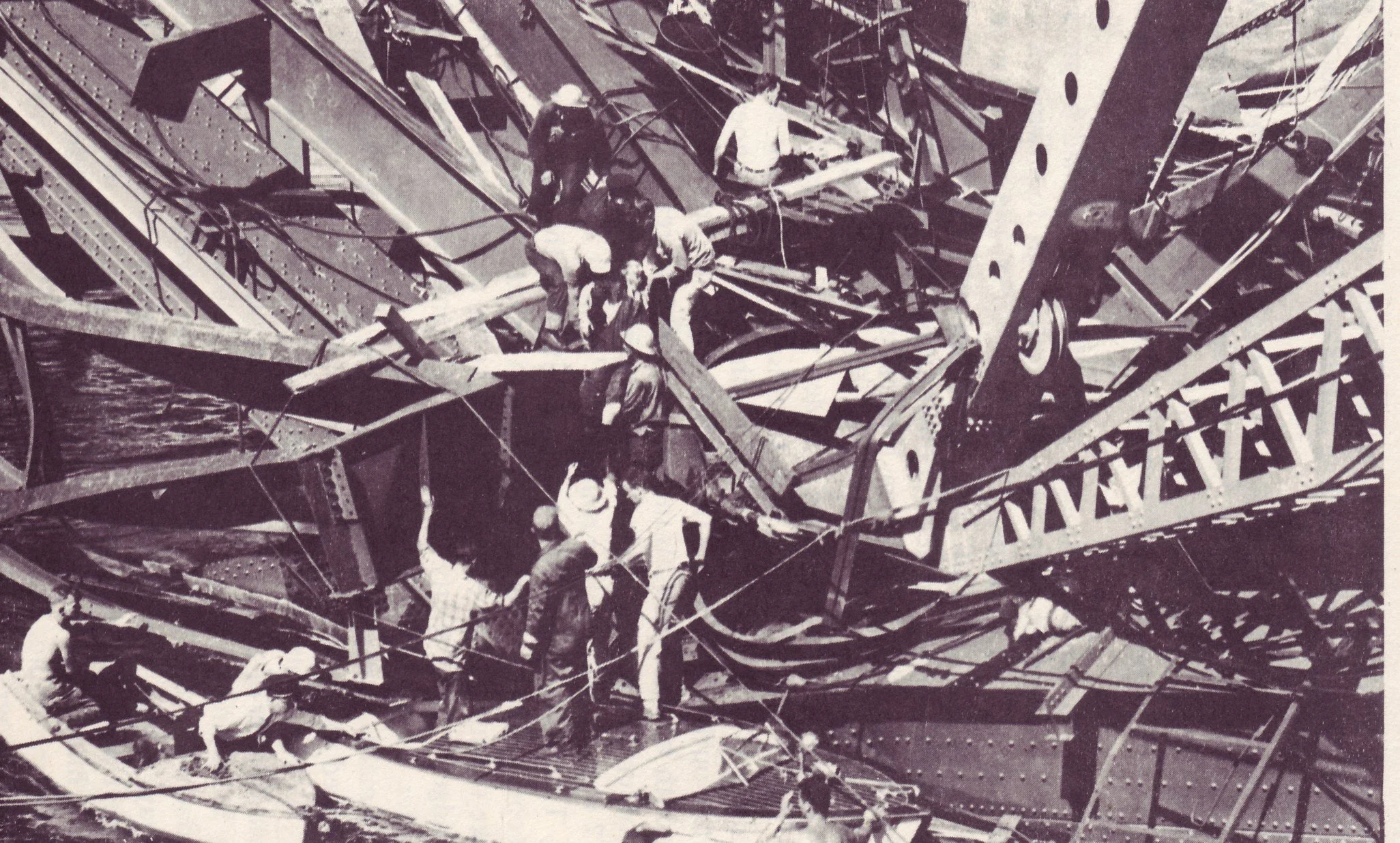Victoria entered the air age with a crash, 111 years ago.
During Carnival Week, August 1913, performing American aviator Milton Bryant plummeted to his death in downtown Victoria.
The Panama Canal had just opened, signalling increased maritime commerce for the length of the Pacific Coast, and the city was experiencing a real estate boom. B.C.’s capital was, in the words of one newspaper, “bursting at the seams”.
Hence Carnival Week, with activities ranging from a parade and a concert, numerous sporting events, to the stars of the show, a bi-plane and gas-filled balloon.
The resulting tragedy would make Canadian aviation history.
*******
PHOTO: Stunt flying over private residences doesn’t always work out well. —BC Archives
Read More




















